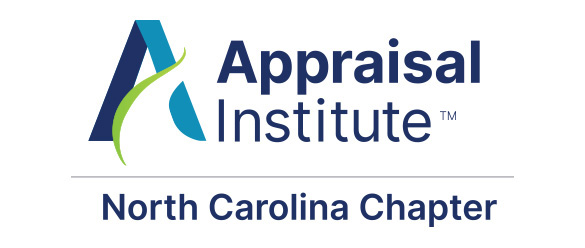The Fannie Mae (FNMA/OTCQB) Home Purchase Sentiment Index® (HPSI) increased 4.5 points in May to 67.5, building slightly after nearing its all-time survey low in April. Four of the six HPSI components increased month over month, with consumers reporting a somewhat more optimistic view of homebuying conditions and, to a lesser extent, home-selling conditions. Moreover, fewer consumers reported expectations that mortgage rates will go up over the next 12 months. Year over year, the HPSI is down 24.5 points.
“Although the HPSI’s precipitous declines of March and April did not continue in May, Americans’ financial, economic, and housing market concerns remain substantially elevated compared to survey history,” said Doug Duncan, Senior Vice President and Chief Economist. “Low mortgage rates have helped cushion some of the impact of the pandemic on consumer sentiment regarding whether it’s a good time to buy a home, which picked back up this month to late-2018 levels. Although weakened income perceptions and continuing job loss concerns, particularly among renters, are likely weighing on many would-be buyers, purchase mortgage applications have returned to mid-March levels when pandemic response measures began ramping up. Home-selling sentiment remains severely dampened due primarily to economic concerns, though increased purchase activity may improve the confidence of some potential sellers. As lockdown restrictions begin to ease across the country, we expect economic recovery to be largely shaped by consumers’ decisions regarding when and how to reengage in the economy. We believe this month's HPSI results and Friday's unexpectedly favorable labor market report to be encouraging signs for the months ahead.”
